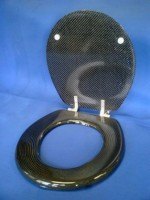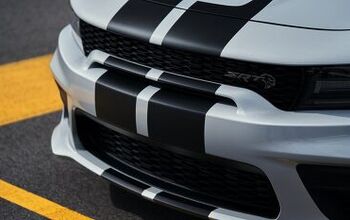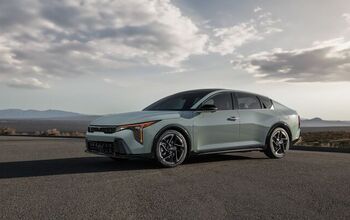Nissan, Honda Threaten "Lightness Gap"
Bloomberg passed on an unsubstantiated report in Nikkei English News that claims Honda, Nissan and Toray Industries are teaming-up to develop new carbon fiber materials for mass-produced automobiles. Toray is the world's largest producer of carbon fiber. They're hoping to make it economically feasible to use the material in large enough quantities to reduce vehicle weights by up to 40 percent. Japan's Ministry of Economy, Trade and Industry is kicking in ¥2b over a five-year period to help fund the research. It didn't say if this project would be an extension of existing carbon fiber nanotube research, or if it will explore new materials. Either way, with new tailpipe and fuel economy regs in the offing, the race to add lightness has begun, plug-in hybrid or no.
More by Frank Williams


































Comments
Join the conversation
davey49, you deserve a swift kick in the pants. People like you are why I can't buy a 2000-lb car for less than forty-five grand. Get rid of all of the sound deadening, all the heat insulation, all the interior plastic, all of the carpet, and you'll have just about gained the difference between a conventional steel car and a carbon composite one. I want to see a "sandpaper" textured floor and a bare metal roof. I want to see wires and ducts; that'll also make it easier to take apart and put back together. I also want to get rid of any crash protection requirements requiring protection of unbelted occupants - those are as dumb as any motorcycle regulations aimed at protecting riders without helmets. Move the side impact sled's bumper down to the height of a car's bumper, then require that all personal-use trucks have bumpers at that height. Side impacts involving semitrucks and locomotives aren't survivable anyway, get rid of rules that just make it a little easier to clean up.
LndCrsher: The word "seriously" halfway through a post often indicates that the words or phrases preceding that word are not serious. For the humor-impaired, happy-smiley faces are available upon request. Example: :) The rest of my post indicated a clear understanding of the facts you convey: a material is only as good as the design through which it is applied.
Sorry, I didn't catch your sarcasm. I still disagree with you though. We are totally talking about the safety cage. The only reason your car has a metal structure today is due to money and tradition. We know for sure that we can make a totally composite chassis that is several orders of magnitude safer than a comparable car. We can make it both harder, AND make it absorb more energy so that your body changes vectors more slowly. In fact, what we are lacking is the ability to mix the metal parts back into the mix in such a way as to take advantage of applications where they would have an advantage. Question everything you think you know about composites. Seriously. :)